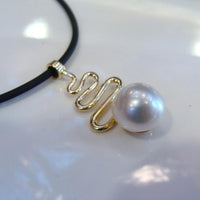
Cultured Freshwater Pearl Gold Hook Earrings
BEST SELLER!
Expertly designed, the Cultured Freshwater Pearl Gold Hook Earrings are a Customer Favourite
- Pearl: Beautiful White Cultured Freshwater Pearl
- Lustre: These Pearls have a lovely lustre
- Size: 9-10mm
- Hook Style: With a comfortable and trendy style, these earrings sit snugly just under the ear lobe for a stylish fit.
- Metal: sterling Silver with gold electroplating
-
Click here for Sterling Silver
- Black Pearls - click here!
- CODE: FWE3453



